Name: Tsuwano Catholic Church
Address: 66-7 Ushiroda-ro, Tsuwano Town, Kanoashi District, Shimane 699-5605
Official/Related Website: http://www.sun-net.jp/~otome/
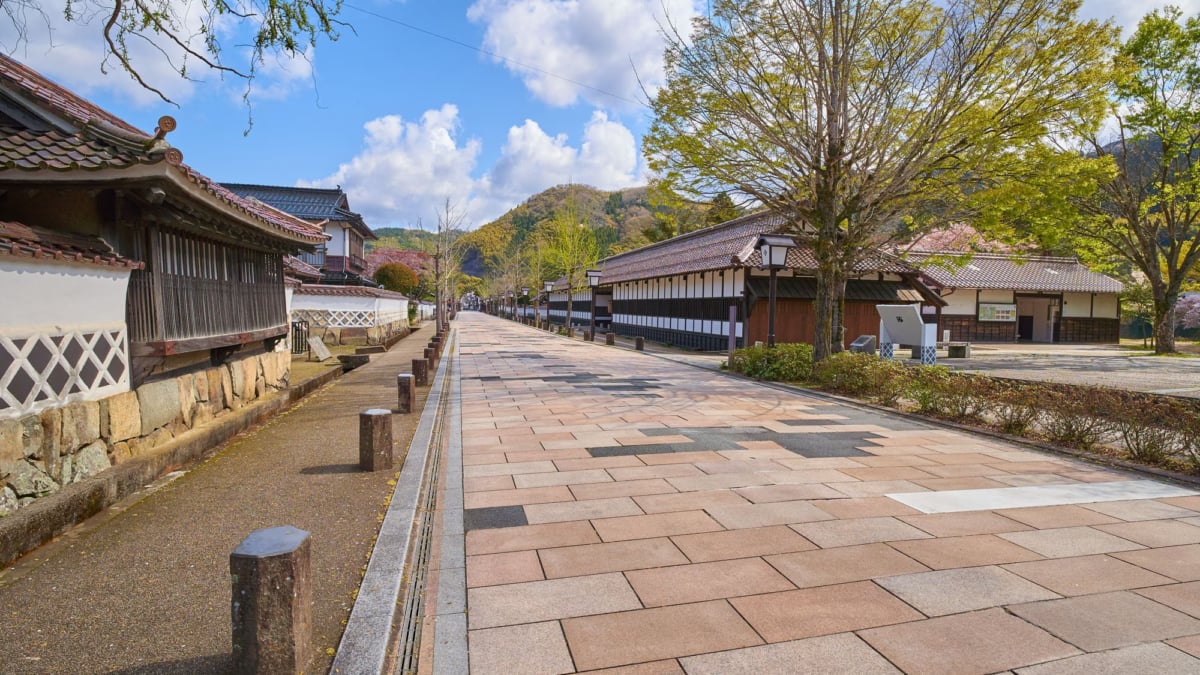
5 Highlights of Tonomachi Street in Tsuwano, Known as the “Little Kyoto of San’in”
Tonomachi Street in Tsuwano Town is one of the most popular sightseeing spots in Shimane Prefecture. Known as the “Little Kyoto of San’in,” Tonomachi Street is full of highlights.
Here are some recommended spots and sights along Tonomachi Street in Tsuwano Town. It’s a perfect place for a relaxing stroll on your day off, so be sure to pay a visit.
table of contents
[x] close
5 Highlights of Tonomachi Street in Tsuwano, Known as the “Little Kyoto of San’in”
1. Countless Carp Swimming in the Moat
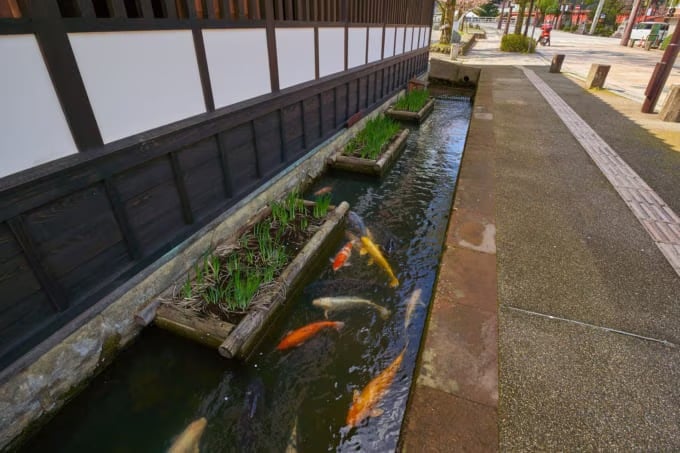
Tonomachi Street, known as the main street of Tsuwano Town, is about a 10-minute walk from the station.
The town, which flourished as a castle town, still retains earthen storehouses and historical sites in their original form, making it a prominent sightseeing spot in Tsuwano.
Tonomachi Street is a straight road with a stone-paved path at the center. On both sides of the path, there are sidewalks and moats lined with traditional namako walls.
The moat, which was originally used as an irrigation canal, has an interesting history: it is said that Lord Naomori Sakazaki, who built the castle town, bred carp to eliminate mosquito larvae.
There are said to be around 500 carp in the main street's moat alone, delighting both locals and tourists.
In May, irises bloom along the moat, allowing visitors to enjoy a picturesque scene of colorful koi swimming among the flowers.
2. Tsuwano Catholic Church
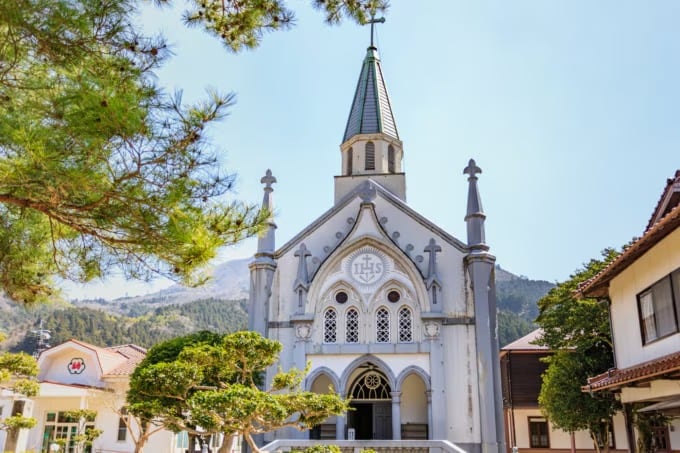
A leisurely 10-minute walk from Tsuwano Station brings you to the Tsuwano Catholic Church, which suddenly appears in the midst of the old castle town.
Built in 1931 by Father Vekelé, this church features a unique interior with tatami mat flooring in the sanctuary.
Although the exterior is designed in Western Gothic architecture, visitors are surprised to find tatami mats inside, offering a distinctive experience of sitting on tatami instead of chairs.
Stained-glass windows cast colorful light inside the church, creating a dreamy atmosphere that attracts many visitors for photography.
Within the church grounds is the Otometoge Exhibition Room, displaying water jars used by the Urakami Christians and items related to Jin Saburō Moriyama, a central figure among them, such as his journal and death mask.
If you visit the Tsuwano Catholic Church, don’t miss the Otometoge Exhibition Room.
3. Site of the Han School Youroukan

The Youroukan was a domain school founded in 1786 by the Tsuwano feudal lord, the Kamei family.
Although it was destroyed by a great fire in 1853, it was rebuilt in 1855 at its current location.
After being closed in 1872, it was once restored in 1971, and due to aging, it was dismantled and reconstructed in 2015.
The Youroukan site is a designated cultural heritage site of the prefecture and is one of Tsuwano’s famous tourist attractions.
Inside, you’ll find panels introducing historical figures and valuable materials.
The "Martial Arts Training Hall," where spear and sword techniques were taught, still remains in its original form and is a must-see.
It is located at one corner of Tonomachi Street mentioned earlier, so you can stop by while visiting the moat and iris flowers.
Admission Fee: 100 yen (incl. tax, as of February 2020), for viewing inside the facility
Hours: 9:00 AM to 5:00 PM
Closed: December 30 to January 4
Name: Han School Youroukan
Address: 66 Ushiroda-ro, Tsuwano Town, Kanoashi District, Shimane 699-5605
Official/Related Website: http://www.tsuwano.net/www/contents/1000000023000/index.html
4. Front Gate of the Tago Family, Chief Retainer of the Tsuwano Domain

The front gate of the Tago family, who played a leading role as chief retainer of the Tsuwano domain, stands on a corner of Tonomachi Street.
With its gabled thatched roof and structure of four main pillars and two support pillars, it is a rare site where you can see a historical gate in its original form.
The gate features the yakuimon design, characterized by a side door that allows entry and exit without opening the main gate—originally built for the convenience of patients.
Although only the gate remains today, its dignified appearance blends naturally with the surroundings and conveys a sense of history.
Designated as a tangible cultural property of the prefecture, it is a rare and valuable sightseeing spot.
Name: Front Gate of the Tago Family
Address: Tsuwano Town, Kanoashi District, Shimane 699-5605
5. Restaurant & Souvenir Shop “Saranoki”
After a leisurely stroll along Tonomachi Street, if you’re looking for a break or a place to have lunch, head to “Saranoki.”
Located across from the Catholic Church, the building with a distinctive red-tiled roof is easily recognizable.
It is also known as a literary café dedicated to Tsuwano-born author Mori Ōgai.
Their signature special coffee is popular even among locals and is a flagship menu item.
They offer a wide variety of local dishes and bento boxes. You can eat your bento inside the shop or take it to go.
Inside, there is a workshop where genjimaki (a local sweet roll) is made, and you can watch the process through a window.
They also sell folk crafts, making it a convenient place for buying souvenirs.
Workshops for handmade Japanese paper and paper dolls are also available—why not try it as a travel memory?
Name: Saranoki
Address: Tonomachi, Tsuwano Town, Kanoashi District, Shimane 699-5605
Official/Related Website: http://www.saranoki.co.jp/index.html
◎Visit in Early Summer When the Irises Are in Bloom
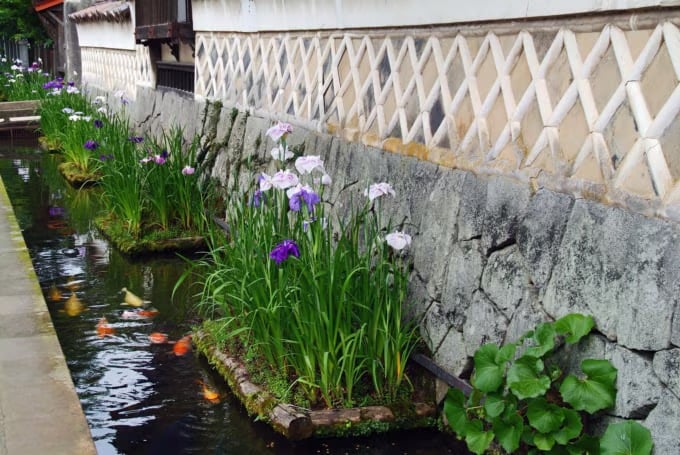
Tonomachi Street in Tsuwano Town is a charming location that preserves the atmosphere of an old castle town.
Nestled at the foot of the mountains, it is usually very quiet, but in early summer when the irises are in full bloom, it becomes lively with tourists.
Tonomachi Street, the main street, has eateries that are perfect for a break, and souvenir shops, making it ideal for sightseeing.
Wander into the alleys and you'll find traditional storehouses and manor houses still standing as they were, offering a strange sensation like stepping back in time. The iris season is also a comfortable time of year before the peak summer heat—if you get the chance, be sure to visit.
RELATED ARTICLES
REGIONS
CATEGORIES
FEATURED ON Shimane
-

Recommended Spots Around Lake Shinji in Shimane – From Sightseeing Boats to Local Gourmet
-
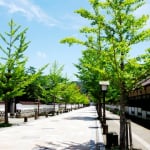
“Little Kyoto of San’in” – 5 Tourist Spots to Enjoy History and Culture in Tsuwano Town, Shimane Prefecture
-
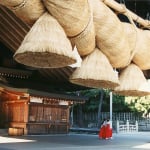
If you’re a couple looking to tie the knot, this is the place to be! Here are 5 date spots in Shimane that will help you forge lasting bonds.
-

If You’re Visiting Gōtsu City in Shimane Prefecture, Don’t Miss These! 7 Recommended Sightseeing Spots in Gōtsu City
-

Highlights of the Izumo Aquarium “Shimane Prefectural Lake Shinji Nature Museum Gobius” and Nearby Tourist Attractions
MOST POPULAR ON Shimane
-
 1
1Doha: Must-see Attractions in the Capital of Qatar
-
 2
2Toronto: 10 Things to do in this Picturesque Canadian City
-
 3
3Amarillo: A City Famous for It’s Amazing Canyons, Great History and Music
-
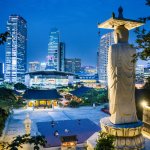 4
4South Korea: Dazzling Scenery, Rich Culture and Fascinating History
-
 5
5Kuwait: A Country in Middle East Asia Famous for Hot Sand Dunes and Stunning Cityscape





